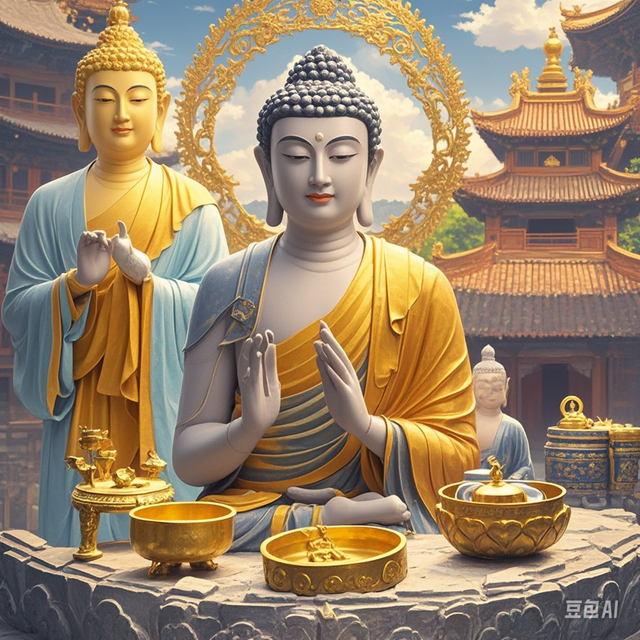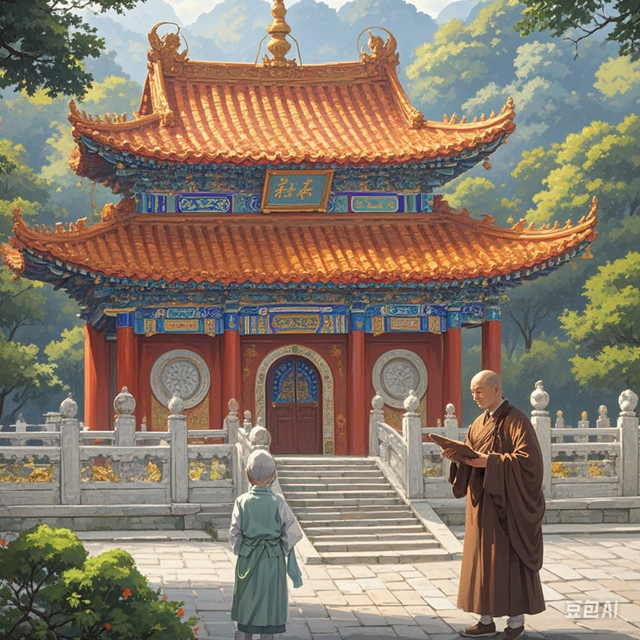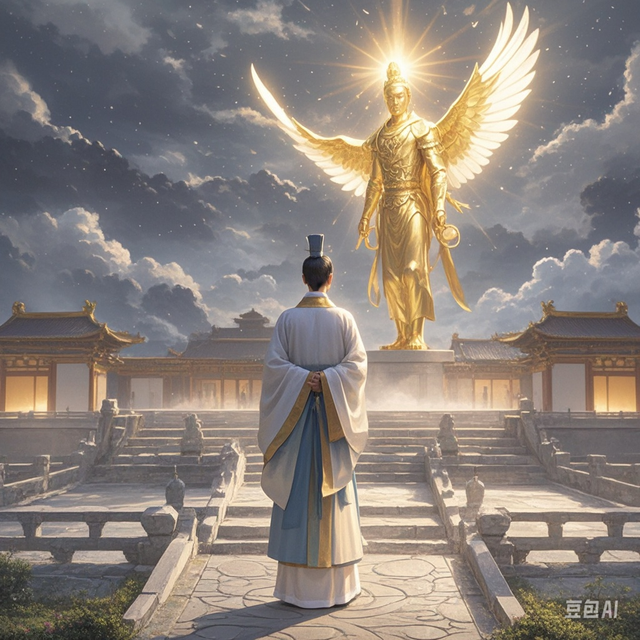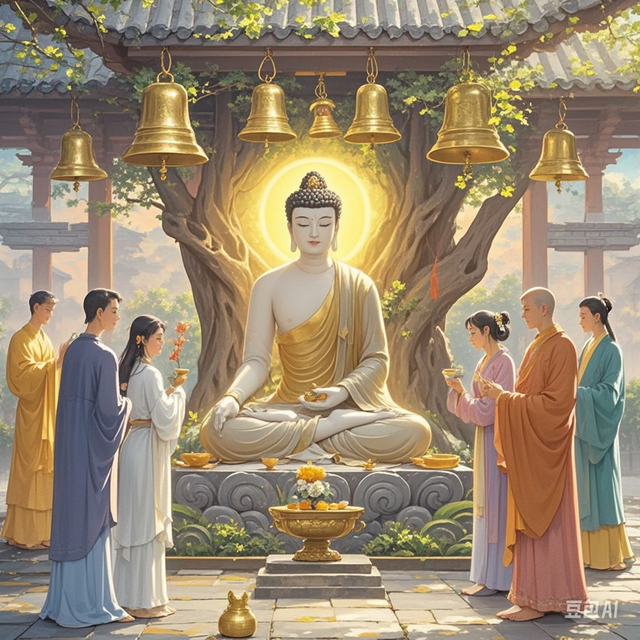The Legendary Origin of Chinese Buddhism
In the vast long river of history, the origin of Chinese Buddhism is like a bright pearl, emitting a mysterious and charming light.
Time goes back more than two thousand years ago. At that time, on the ancient land of China, a hundred schools of thought contended and culture flourished. In the far west, Buddhism quietly emerged in ancient India. With the opening of the Silk Road, exchanges between the East and the West became increasingly frequent, and the seeds of Buddhism began to look for opportunities to take root and germinate on this ancient oriental land.

Emperor Ming of the Eastern Han Dynasty, Liu Zhuang, a monarch with lofty aspirations. One of his dreams became the opportunity for Buddhism to be introduced into China. One night, Emperor Ming Liu Zhuang dreamed of a golden man, six feet tall, with a glowing top of his head, coming from the west and flying in the palace courtyard. The golden man emitted a sacred light, which deeply shocked Emperor Ming. After waking up, Emperor Ming was full of doubts about this strange dream, so he summoned his ministers to ask about the meaning of this dream.

In the court, the ministers were in full discussion. One well-read minister stepped forward and said, "Your Majesty, I have heard that there is a god in the west called Buddha. The golden man Your Majesty dreamed of may be the manifestation of Buddha." After hearing this, Emperor Ming was full of curiosity and decided to send envoys to the west to explore the mysteries of Buddhism.
The envoys shouldered a great mission and embarked on a long and arduous journey. They traversed the vast desert and climbed over steep mountains. After going through countless hardships, they finally arrived in Tianzhu, which is today's India. There, they saw solemn and majestic Buddhist temples, heard melodious Sanskrit sounds, and saw compassionate monks. The envoys were deeply impressed by the profoundness of Buddhism. They began to seriously study Buddhism and collect Buddhist scriptures and statues.

When the eminent monks of Tianzhu heard about the purpose of the envoys of the Eastern Han Dynasty, they were moved by Emperor Ming's piety. They decided to follow the envoys to China and spread the wisdom of Buddhism. So, the envoys and the eminent monks brought precious Buddhist scriptures and statues and embarked on the journey back.
After a long trek, they finally returned to Luoyang, the capital of the Eastern Han Dynasty. Emperor Ming Liu Zhuang attached great importance to the arrival of the eminent monks and personally welcomed them. In order to place Buddhist scriptures, statues and support eminent monks, Emperor Ming ordered the construction of the first official temple in China - White Horse Temple. According to legend, it was a white horse that carried Buddhist scriptures to Luoyang, so this temple was named White Horse Temple.
The completion of White Horse Temple marked the official introduction of Buddhism into China. From then on, the wisdom of Buddhism was like a spark, gradually spreading on the land of China. The concepts of compassion, wisdom and equality of Buddhism began to influence generations of Chinese people.

In the following historical years, Buddhism continued to integrate with traditional Chinese culture. The benevolence of Confucianism, the inaction of Taoism and the compassion of Buddhism echoed each other, jointly shaping the values and outlook on life of Chinese people. The philosophical thoughts of Buddhism also brought new inspiration and vitality to Chinese literature, art, architecture and other fields.
In literature, many poets and writers were inspired by Buddhism and created a large number of works full of Zen meaning. In Wang Wei's landscape poems, there is often a reverence for nature and a perception of life, reflecting the ethereal beauty of Buddhism. In the field of art, Buddhist sculpture and painting art reached a very high level. Buddhist art treasures such as Dunhuang Mogao Grottoes, Yungang Grottoes and Longmen Grottoes show the superb skills of ancient artists and their profound understanding of Buddhism.
The development of Buddhism in China was not all smooth sailing. It also experienced many twists and turns and challenges. But it is precisely in these challenges that Buddhism constantly adjusts and perfects itself and gradually adapts to China's social environment and cultural traditions.
To this day, Buddhism still shines on this land of China. It is not only a religious belief, but also a cultural inheritance and spiritual sustenance. The wisdom of Buddhism is like a lamp, illuminating people's way forward and leading people to explore the true meaning of life and the tranquility of the heart.

Looking back on the origin history of Chinese Buddhism, we seem to see a magnificent picture scroll. In this picture scroll, there are brave envoys, compassionate eminent monks, pious monarchs, and countless people who are moved by the wisdom of Buddhism. Together, they have written the legendary history of Chinese Buddhism and added a brilliant color to the cultural treasure house of the Chinese nation.